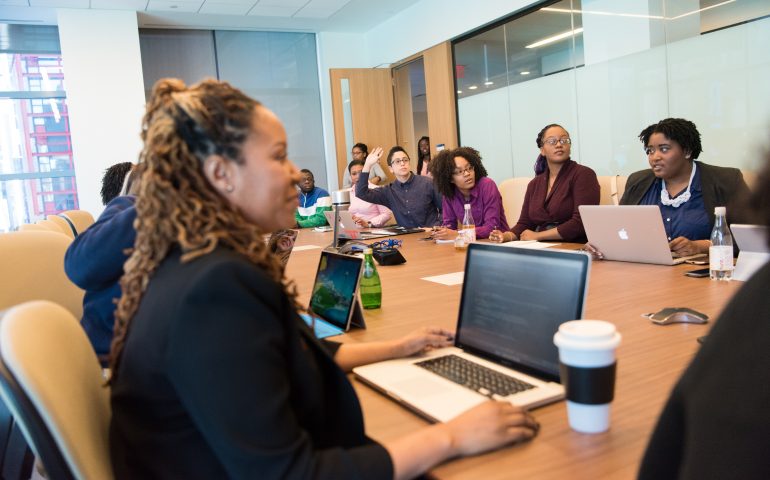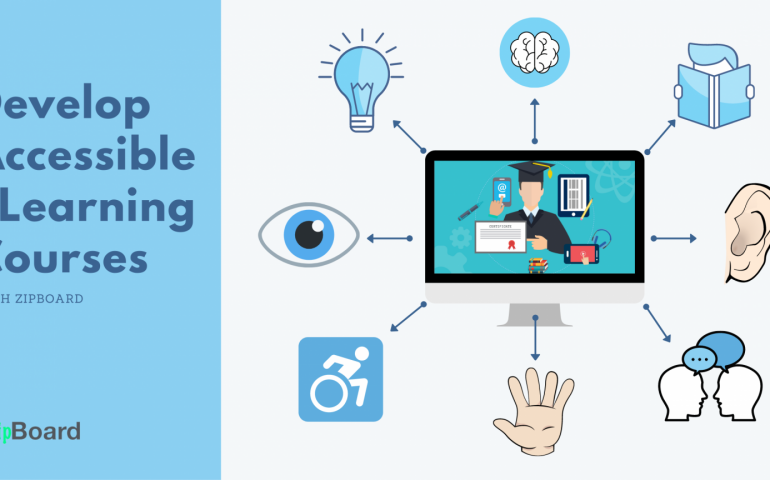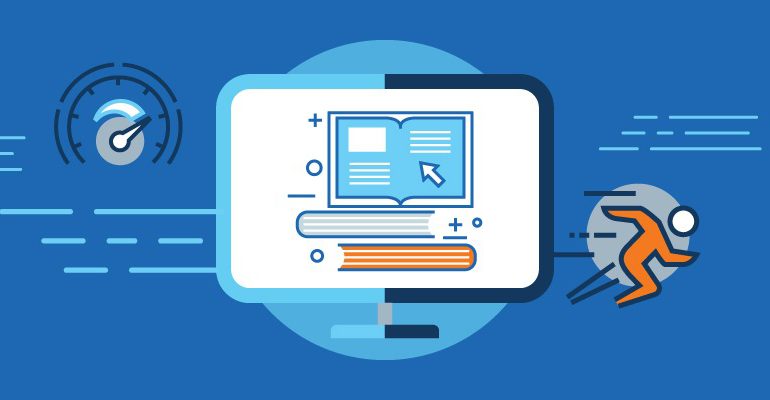12 Nov

Employee Training – 8 effective methods
Effective Employee training makes your employees happy & productive. Every Business invests a huge amount in employee training, but the point being here is whether they are investing in the right training methods. One-size-fits-all can never be an option in training. Every company has different kinds of training methods which might work for them. To
20 Oct

5 Tips to Ensure an Effective eLearning Development Collaboration
Effective eLearning development collaboration while developing an eLearning course is crucial for the course's impact and success.
05 Oct

Using Agile methodology for eLearning course development
More and more eLearning professionals are inclining towards making their process and their team agile.
25 Sep

Designing Accessible eLearning Courses
Create accessible eLearning content that complies with WCAG standard guidelines and 508 compliance. Accessible eLearning development is important to provide a complete learning experience to users with disabilities.
04 Aug

eLearning Quality Assurance Checklist with use cases and examples
eLearning QA checklist for evaluating online eLearning content. With use case scenarios and example for every assessment.
03 Jul

9 tips to make eLearning development process fast and efficient
Developing qualitative eLearning courses fast is always a challenge. In this article we have 9 simple ways to make eLearning development process fast and efficient.
25 Jun
Ways to Improve speed and development of e-learning courses
With the sudden shift in the business operations due to COVID-19 pandemic, E-learning content is in high demand. Due to the lockdown situation employees now have to work from home for not sure how long. This whole situation has increased the demand of online courses for companies, students and other learners. And in such times
30 Jul

6 Tips To Establish A Project Management Process in Learning Development
Learning Creation can tend to be chaotic, if proper processes are not followed. Missing deadlines and ineffective content also results from an unplanned learning delivery. Assigning roles and priorities can help create a repeatable process in e-learning. Here are a few tips to establish an effective process for learning delivery
01 Aug

Is Your Instructional Design Strategy Right For Your eLearning Project?
Implementing instruction and collaborating with Subject Matters Experts aside, the early stages of planning and designing an effective learning experience are influenced greatly by the Instructional Design strategy employed.

